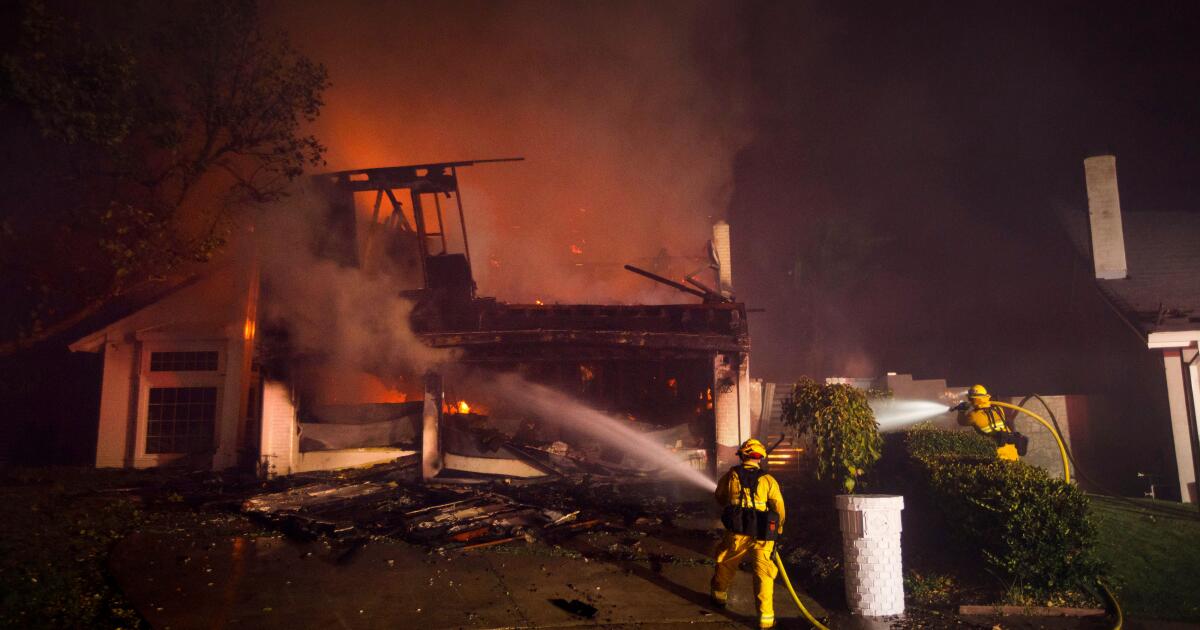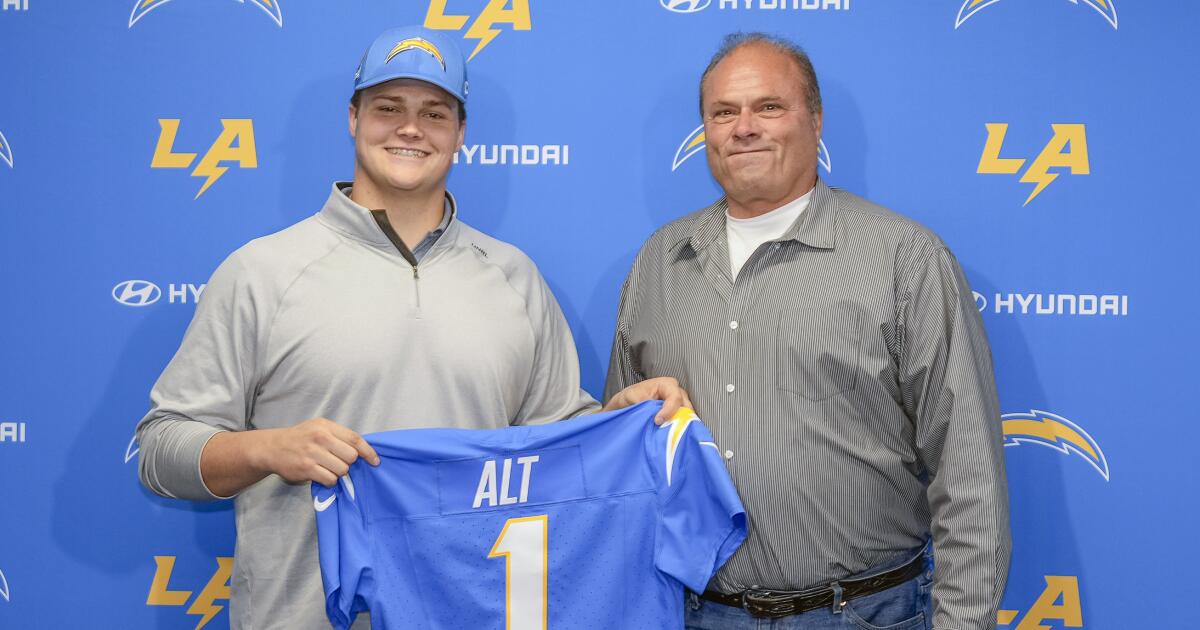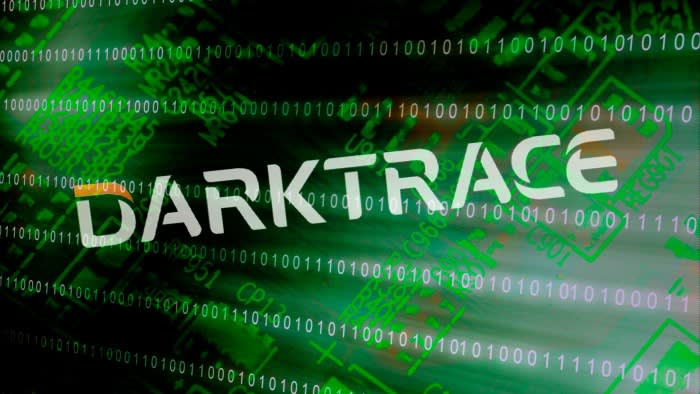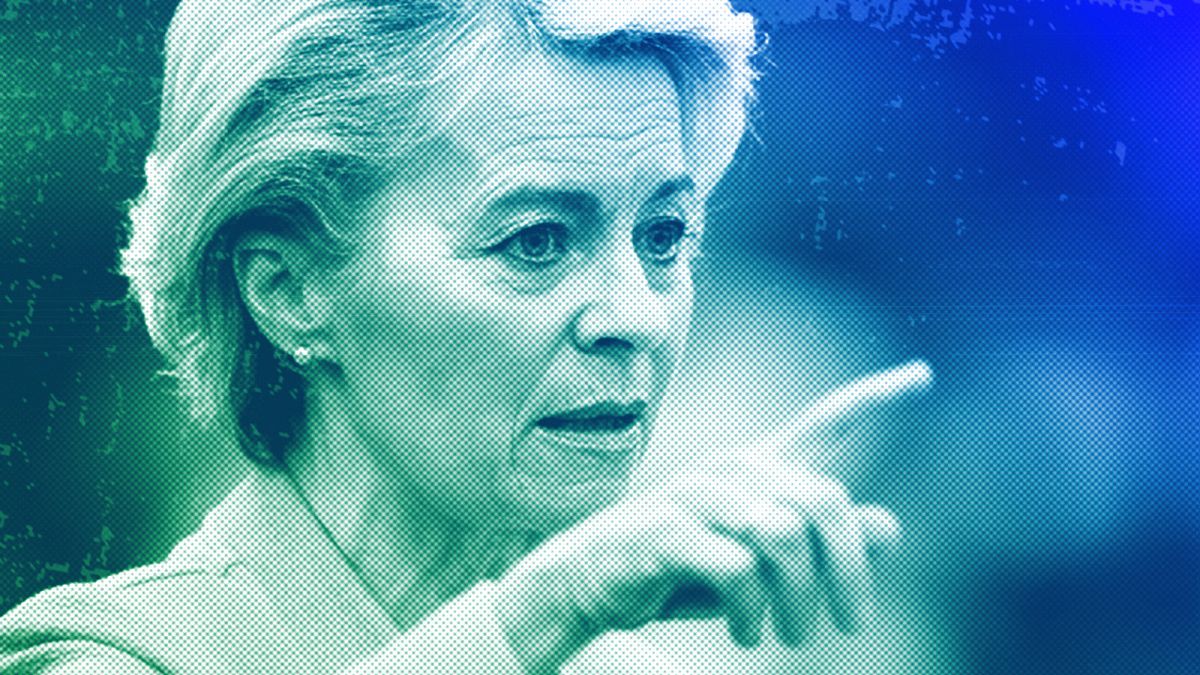Microsoft and Google’s owner Alphabet have quashed investor scepticism around the vast sums spent on developing artificial intelligence, after being boosted by rampant corporate demand for their cloud computing services.
The combined market value of the two US tech giants rose by more than $250bn on Friday, a day after each reported double-digit revenue growth in their first-quarter results to comfortably beat analysts’ expectations. Shares in Amazon and Nvidia, two other beneficiaries of AI spending, also rose by around 3 and 6 per cent respectively.
This week’s earnings reports from Microsoft and Alphabet have soothed market anxiety about the huge jumps in spending on the infrastructure needed to power AI chatbots such as OpenAI’s ChatGPT and Google’s Gemini, as well as several other companies experimenting new AI models.
Meanwhile, advertising revenue at Google also rose, suggesting that AI-powered chatbots are yet to hit usage of the world’s dominant search engine. Jim Tierney, head of US growth at AllianceBernstein, said that Alphabet’s first-quarter results reported on Thursday “didn’t lay the questions [about AI] to rest. But there was so much good stuff elsewhere, it buys them more time”.
Analysts at Baird estimate that capital expenditures by Alphabet, Amazon, Microsoft and Meta this year will total about $188bn, almost 40 per cent more than in 2023. Electric-car maker Tesla said it had invested $1bn in AI in the first quarter and would accelerate spending on chips and automated driving.
The bullish outlook from members of the “Magnificent Seven” US tech bellwethers could reignite the AI-fuelled rally that accounted for most of the gains on US stock markets in 2023. This had faltered at the start of the year as pessimism spread about runaway tech spending and broader concerns about interest rates and conflict in the Middle East.
Alphabet shares jumped 10 per cent on Friday, a rise helped by the company paying the first dividend in its history and boosting its market capitalisation past the $2tn threshold. Microsoft, the world’s most valuable company and OpenAI’s biggest backer, rose almost 2 per cent to climb back above $3tn.
Those gains stand in contrast to Meta’s 11 per cent drop on Thursday after the Facebook parent said it would “invest aggressively” in new AI products such as chatbots, despite generating only limited returns from them so far. Meta’s finance chief Susan Li said capital expenditure would rise to $40bn this year and go even further in 2025, projections that overshadowed a 91 per cent increase in first-quarter net income.
But for those building cloud infrastructure, investors took even bolder AI spending plans in their stride. Google chief financial officer Ruth Porat said capital expenditure would jump 50 per cent or more to at least $48bn this year.
“After what seemed like a year-plus of coming from behind [on AI], we believe Google is beginning to go on the offensive,” said analysts at JPMorgan.
Microsoft finance chief Amy Hood unveiled a 79 per cent year-on-year leap in quarterly capital expenditure to $14bn, before adding that even more funding for data centres was required because “AI demand is a bit higher than our available capacity”.

Such is the rapid growth in demand for AI services from start-ups such as OpenAI and Anthropic, as well as from large corporate customers, that many necessary components including chips and power supplies have become scarce.
“If you’re not engaging AI actively and aggressively you’re doing it wrong,” Nvidia chief Jensen Huang said at an event organised by payments company Stripe on Wednesday.
“Your company is not going to go out of business because of AI,” he said. “It’s going to go out of business because another company used AI. There’s no question about that.”
The first-quarter performance eases pressure on Alphabet chief Sundar Pichai, who has faced criticism for letting Google lose the initiative to Microsoft in consumer and enterprise AI products after the latter’s $13bn partnership with OpenAI.
Google had to pull image generation in its own flagship AI system, Gemini, following a furore over its inaccurate historical depiction of different ethnicities and genders.
“Google has faced near-constant critique around the inevitable AI-led disruption to search, a string of PR mis-steps that questioned whether Google was too far behind in AI or too ‘woke’ to make it,” said Bernstein analyst Mark Shmulik. “Google needed to be perfect, or face a repeat of being penalised for micro-misses.”
Revenue at Google’s core search-linked advertising business also rose 13 per cent. But longer-term, Pichai still faces questions on whether chatbots that provide instant answers will start to eat away at usage of its ubiquitous search engine.
He told analysts that early experiments of using generative AI to give more comprehensive answers to search queries “improves user satisfaction”. He added: “I’m comfortable and confident that we’ll be able to manage the monetisation transition here well.”
Other companies are joining the spending spree on AI. Both Apple and Amazon, which report first-quarter earnings next week, have said they will also invest heavily in computing power and staff to improve their products.
However, Microsoft’s Azure offering “is the only software business that is benefiting from AI at this point in the cycle”, said Brad Sills, research analyst at Bank of America. “Microsoft remains ahead of the curve in this massive new cycle.”
Additional reporting by George Steer in New York, George Hammond in San Francisco and Philip Stafford in London



























